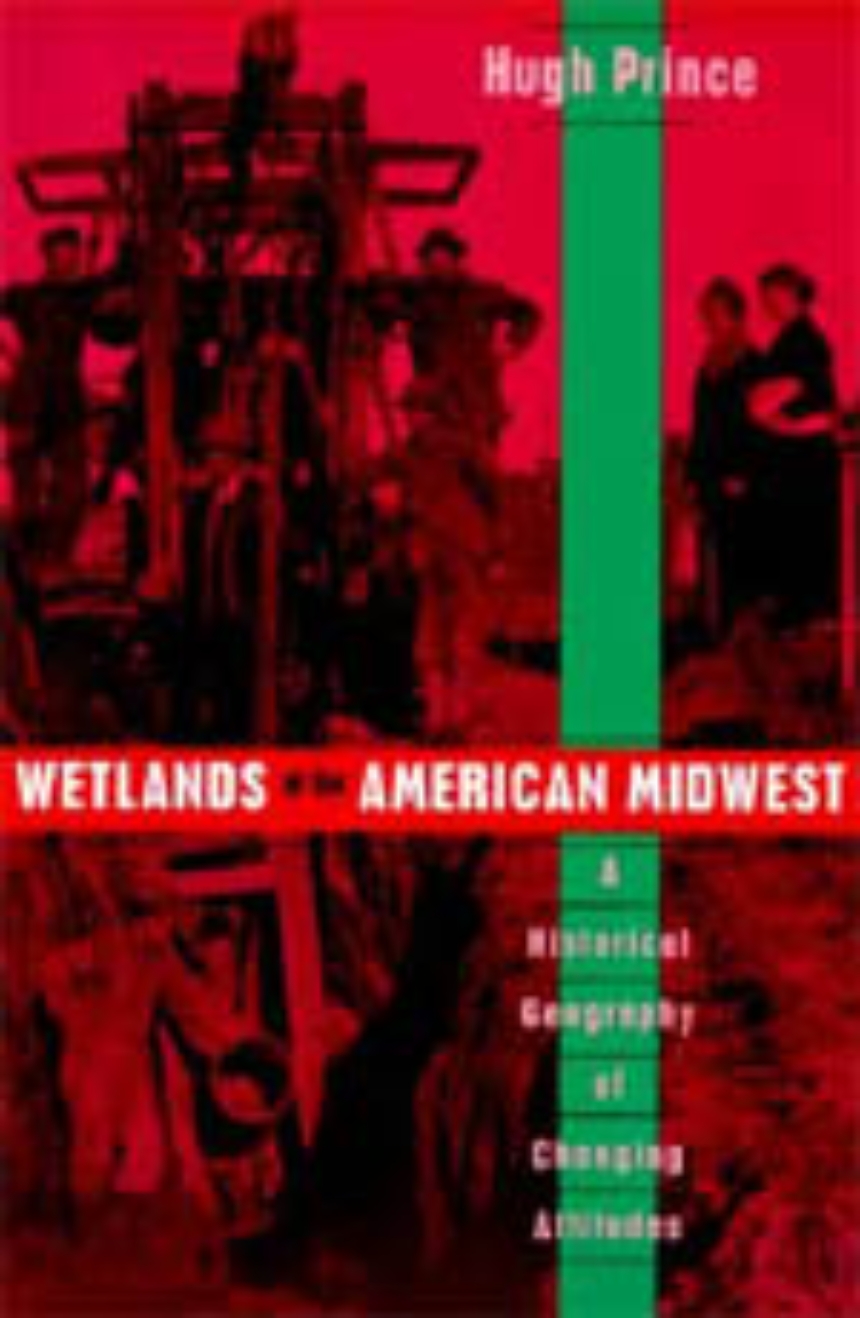Wetlands of the American Midwest
A Historical Geography of Changing Attitudes
9780226682839
9780226682808
Wetlands of the American Midwest
A Historical Geography of Changing Attitudes
How people perceive wetlands has always played a crucial role in determining how people act toward them. In this readable and objective account, Hugh Prince examines literary evidence as well as government and scientific documents to uncover the history of changing attitudes toward wetlands in the American Midwest.
As attitudes changed, so did scientific research agendas, government policies, and farmers’ strategies for managing their land. Originally viewed as bountiful sources of wildlife by indigenous peoples, wet areas called "wet prairies," "swamps," or "bogs" in the late nineteenth and early twentieth centuries were considered productive only when drained for agricultural use. Beginning in the 1950s, many came to see these renamed "wetlands" as valuable for wildlife and soil conservation.
Prince’s book will appeal to a wide readership, ranging from geographers and environmental historians to the many government and private agencies and individuals concerned with wetland research, management, and preservation.
As attitudes changed, so did scientific research agendas, government policies, and farmers’ strategies for managing their land. Originally viewed as bountiful sources of wildlife by indigenous peoples, wet areas called "wet prairies," "swamps," or "bogs" in the late nineteenth and early twentieth centuries were considered productive only when drained for agricultural use. Beginning in the 1950s, many came to see these renamed "wetlands" as valuable for wildlife and soil conservation.
Prince’s book will appeal to a wide readership, ranging from geographers and environmental historians to the many government and private agencies and individuals concerned with wetland research, management, and preservation.
410 pages | 6 halftones, 35 maps, 36 line drawings, 30 tables | 6 x 9 | © 1997
University of Chicago Geography Research Papers
Biological Sciences: Ecology
Geography: Environmental Geography
Table of Contents
List of figures
List of tables
Preface
1: Changing Attitudes
2: Physical Characteristics of Wet Prairies and Bogs
3: Native American Occupation
4: Early Nineteenth-century Views of Wetlands
5: Landowners, Cattlemen, Railroads, and Tenants on Wet Prairies
6: Draining and Agricultural Change on Wet Prairies
7: Occupying, Draining, and Abandoning Northern Bogs and Swamps
8: Utilizing and Conserving Wet Prairies since 1930
9: Changing Wetland Images and Values
Bibliography
Index
List of tables
Preface
1: Changing Attitudes
2: Physical Characteristics of Wet Prairies and Bogs
3: Native American Occupation
4: Early Nineteenth-century Views of Wetlands
5: Landowners, Cattlemen, Railroads, and Tenants on Wet Prairies
6: Draining and Agricultural Change on Wet Prairies
7: Occupying, Draining, and Abandoning Northern Bogs and Swamps
8: Utilizing and Conserving Wet Prairies since 1930
9: Changing Wetland Images and Values
Bibliography
Index
